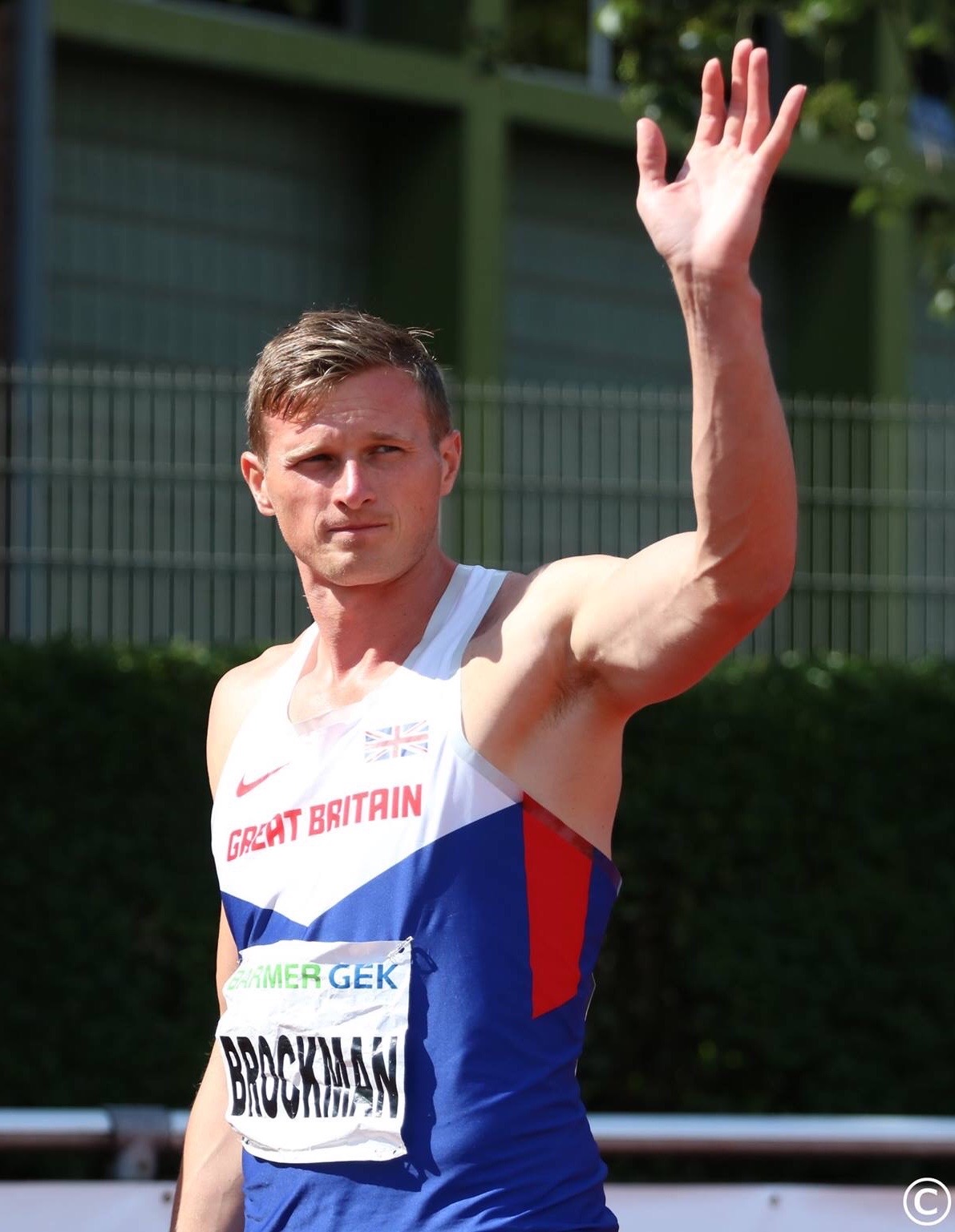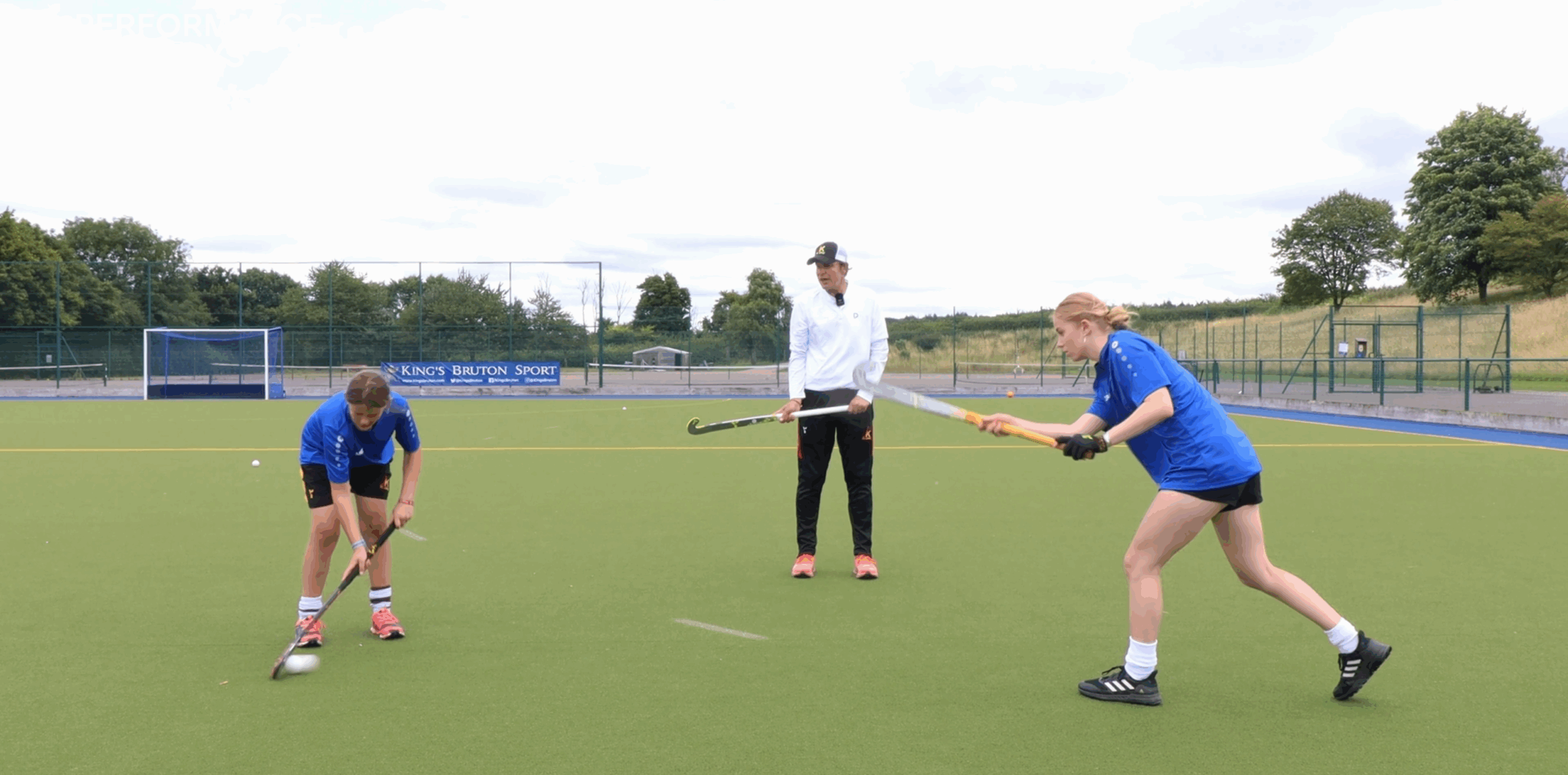Progression is a word we hear a lot in PE.
But what do we really mean by it?
For some, it still conjures up images of elite performance—faster times, better scores, more technical skill.
But in most school settings, that’s not the goal.
We’re not trying to produce professional athletes.
We’re trying to help every student get better—at their own pace, from their own starting point.
That’s what progression should be about: individual improvement, not just performance outcomes
So, what does progression look like in action?
Here are three key signs that your students are improving:
𝗚𝗿𝗲𝗮𝘁𝗲𝗿 𝗰𝗼𝗺𝗽𝗹𝗲𝘅𝗶𝘁𝘆 – Can they perform the same skill in more challenging scenarios?
𝗚𝗿𝗲𝗮𝘁𝗲𝗿 𝗰𝗼𝗻𝘀𝗶𝘀𝘁𝗲𝗻𝗰𝘆 – Are they making fewer errors, even under pressure?
𝗚𝗿𝗲𝗮𝘁𝗲𝗿 𝗶𝗻𝗱𝗲𝗽𝗲𝗻𝗱𝗲𝗻𝗰𝗲 – Are they self-correcting and applying what they’ve learned?
This is what we build toward in a well-structured PE curriculum.
It’s not about talent—it’s about development.
Why it matters:
When students see progress, they believe in their ability to improve.
And when that belief is in place, everything changes. Engagement increases. Confidence grows. And students begin to take ownership of their learning.
Contributors

Martin Brockman
Director of Performance Pathways
Martin Brockman is Director of Brockman Athletics, providing teacher training and track and field teaching resources for schools around the world. Representing Great Britain in the decathlon for almost a decade, Martin achieved a bronze medal at the Commonwealth Games in Dehli, 2010. On retiring from his international career, he moved to the world-leading Aspire Academy in Qatar as the Head of Athlete Development where he designed and implemented the academy athletics program from talent identification through to international athletics.
Athletics
Specialisms
Share this post
Get fresh insights and articles straight to your inbox
By subscribing you agree to our privacy policy.



Comments
You must be signed in to comment